Your native species roses: reblooming, or not?
ffff
9 years ago
Related Stories
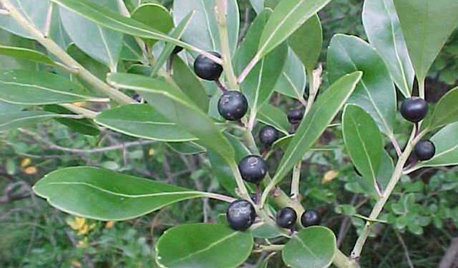
FLOWERS AND PLANTSEasterners: Consider This Native Alternative to Boxwood
Inkberry, or Ilex glabra, excels as a foundation plant or formal hedge perfectly suited to the East Coast
Full Story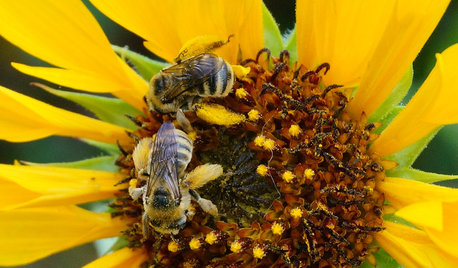
EARTH DAY12 Entertaining ‘Bee-haviors’ of Native Bees
The parade of pollinator antics is another reason to create a garden that nurtures native bees
Full Story
GARDENING GUIDES10 Top Native Plants for the U.S. Southeast
For a low-maintenance and wildlife-friendly landscape, use Southern natives that withstand heat and humidity
Full Story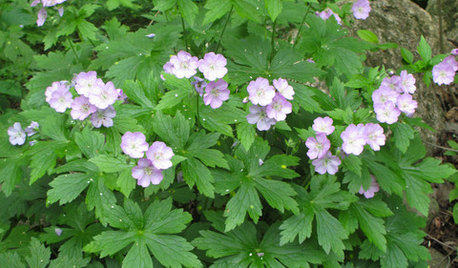
NATIVE PLANTS10 Essential Native Perennials for the Great Lakes and Upper Midwest
These adaptable native plants thrive in a variety of conditions and will provide flowers throughout the season
Full Story
GARDENING GUIDESWe Bust 4 More Native Plant Myths
Have you been taken in by these fallacies about gardening with native plants?
Full Story
GARDENING GUIDESHow to Find the Right Native Plants for Your Yard
Find plant maps, sale sites and guides that make going native in the garden easier than ever
Full Story
GARDENING FOR BUTTERFLIES3 Ways Native Plants Make Gardening So Much Better
You probably know about the lower maintenance. But native plants' other benefits go far beyond a little less watering and weeding
Full Story
INSPIRING GARDENSNative Plants Bring 10 Southern California Front-Yard Gardens to Life
Rare plants, rain gardens and wildlife habitats are just a few of the features showcased on the 2016 Theodore Payne Native Plant Garden Tour
Full Story
GARDENING GUIDESOh, Deer! 10 Native Flowers That Stand Up to the Herds
Keeping a garden amid hungry deer can be hard, but these plants should fare well
Full Story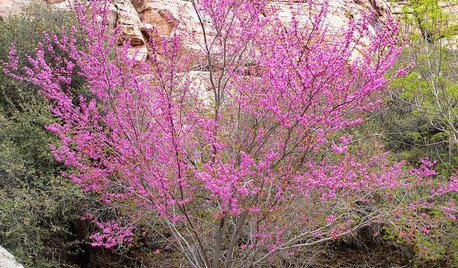
GARDENING GUIDES10 Top Native Plants for Northern California Gardens
Enjoy a fuss-free, water-wise garden by growing plants naturally in tune with the climate and wildlife of Northern California
Full Story





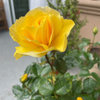
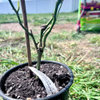

Kippy
User
Related Professionals
Ilchester Landscape Architects & Landscape Designers · Winder Landscape Architects & Landscape Designers · Edwardsville Landscape Contractors · El Sobrante Landscape Contractors · La Verne Landscape Contractors · Lemay Landscape Contractors · Monterey Landscape Contractors · Mount Kisco Landscape Contractors · Oak Forest Landscape Contractors · Plantation Landscape Contractors · Shoreview Landscape Contractors · South Portland Landscape Contractors · Vallejo Landscape Contractors · York Landscape Contractors · Maple Heights Landscape Contractorsroseseek
Tessiess, SoCal Inland, 9b, 1272' elev
Tessiess, SoCal Inland, 9b, 1272' elev
ffffOriginal Author